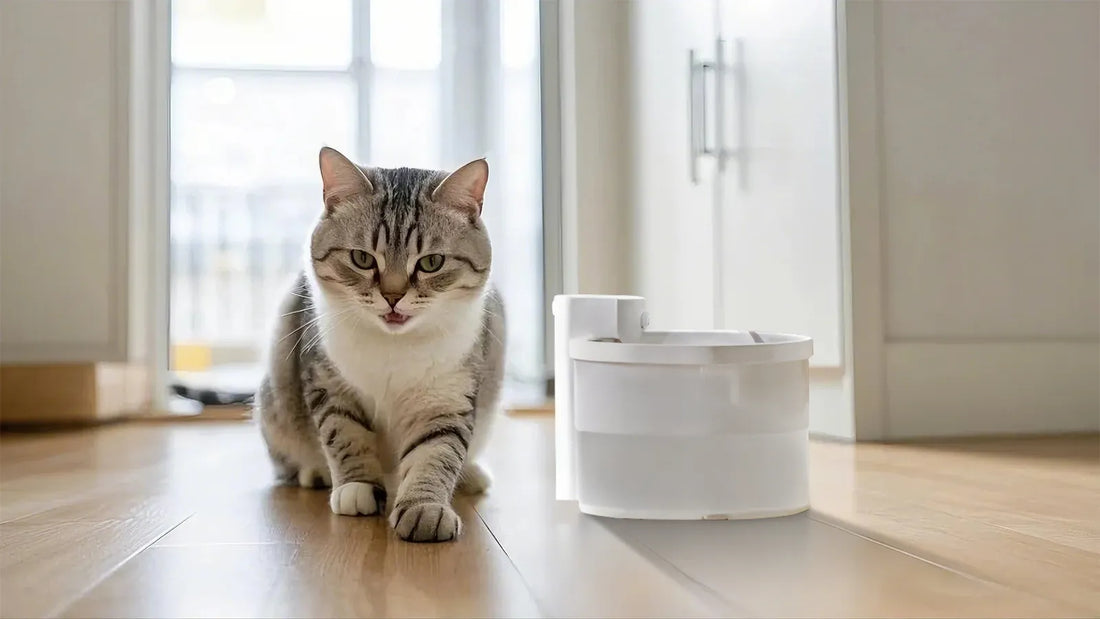Keeping your dog's teeth clean is more than just a cosmetic concern—it's a vital part of their overall health. Just like humans, dogs can suffer from dental issues such as plaque buildup, gum disease, and tooth decay. Regular dog cleaning teeth practices can prevent these problems and ensure your pet enjoys a happy, pain-free life. Let's dive into the essentials of maintaining your dog's dental hygiene.
Why Dog Cleaning Teeth Matters
Dental health is often overlooked in dogs, but it plays a crucial role in their well-being. Poor oral hygiene can lead to serious health issues, including infections that may spread to vital organs like the heart and kidneys. By incorporating dog cleaning teeth into your routine, you can protect your pet from these risks and improve their quality of life.
Signs of Dental Problems in Dogs
Recognizing the signs of dental issues is the first step toward addressing them. Common symptoms include bad breath, difficulty eating, excessive drooling, and visible tartar on the teeth. If you notice any of these signs, it's time to focus on dog cleaning teeth and consult your veterinarian for further advice.
How to Brush Your Dog's Teeth
Brushing is the most effective method for dog cleaning teeth. Start by choosing a toothbrush and toothpaste specifically designed for dogs. Never use human toothpaste, as it can be toxic to pets. Introduce your dog to the process gradually, allowing them to get used to the sensation. Brush in gentle, circular motions, focusing on the gum line where plaque tends to accumulate.
Alternative Dog Cleaning Teeth Methods
If brushing isn't feasible, there are other ways to keep your dog's teeth clean. Dental chews, toys, and water additives can help reduce plaque and freshen breath. These products are designed to promote chewing, which naturally cleans the teeth. However, they should complement, not replace, regular brushing.
Professional Dental Care for Dogs
Regular veterinary checkups are essential for maintaining your dog's dental health. Your vet can perform professional cleanings, remove stubborn tartar, and address any underlying issues. They can also provide personalized advice on dog cleaning teeth based on your pet's specific needs.
Creating a Dog Cleaning Teeth Routine
Consistency is key when it comes to dog cleaning teeth. Establish a daily routine that includes brushing or alternative cleaning methods. Make the experience positive by rewarding your dog with treats or praise. Over time, they'll associate dental care with a pleasant experience.
Common Mistakes to Avoid
When it comes to dog cleaning teeth, certain mistakes can hinder your efforts. Avoid using inappropriate products, brushing too aggressively, or neglecting regular checkups. Additionally, don't assume that bad breath is normal—it could indicate an underlying issue that requires attention.
Benefits of Dog Cleaning Teeth
Maintaining your dog's dental hygiene offers numerous benefits. It prevents painful conditions, reduces the risk of systemic infections, and keeps your dog's breath fresh. Moreover, it strengthens the bond between you and your pet, as they learn to trust and enjoy the care you provide.
Dog cleaning teeth is an essential aspect of pet care that shouldn't be ignored. By following these tips and making dental hygiene a priority, you can ensure your dog stays healthy and happy for years to come. Start today and give your furry friend the gift of a bright, healthy smile!













